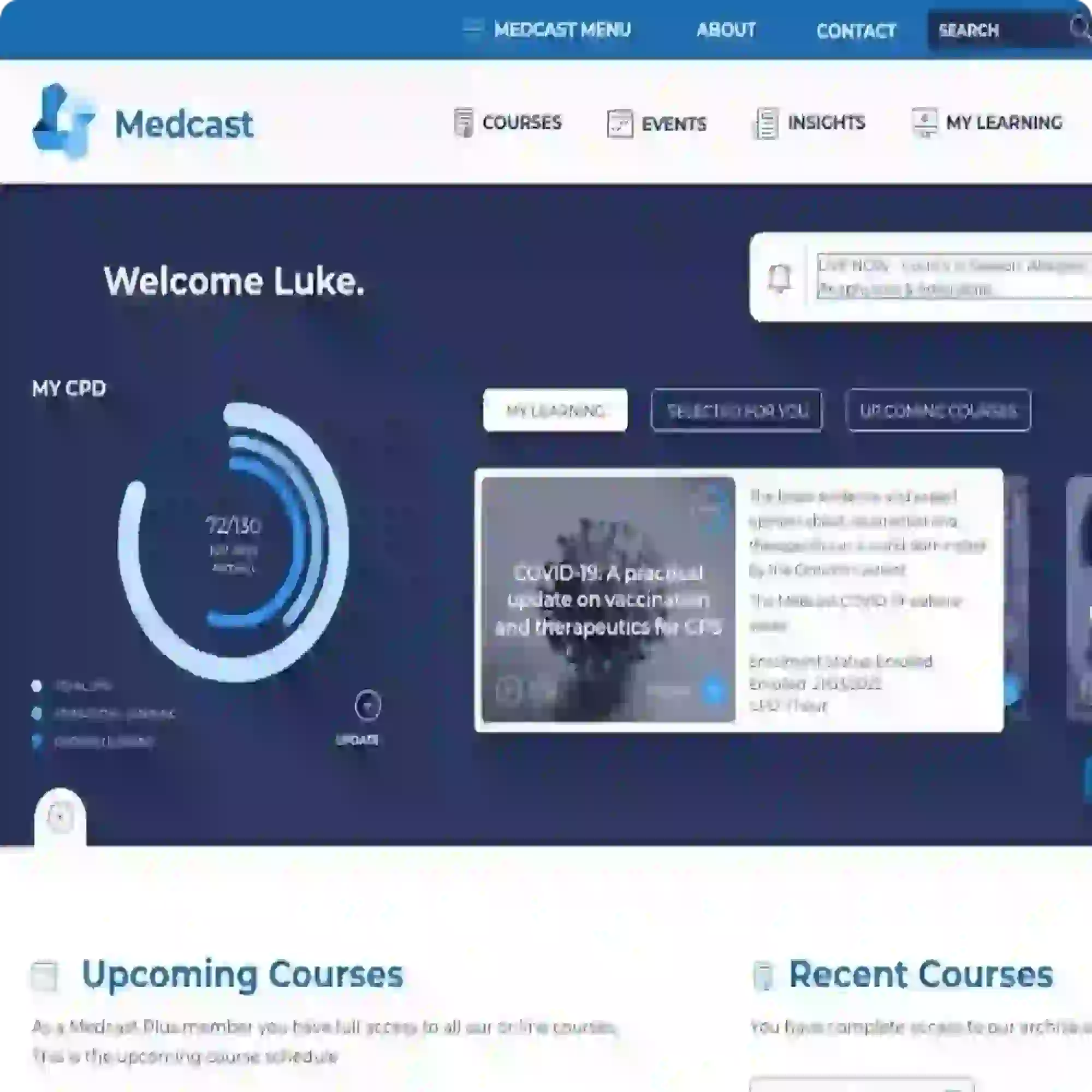Captology: Computers as Persuasive Technologies
Do you feel comfortable about using computers to help people with their mental health? If not you are not alone and this might give you some insight into why you feel that way.
Earlier this year I read a book called The Sudden Appearance of Hope by Claire North, a pseudonym belonging to British author Catherine Webb. The story revolves around two interesting ideas. The first is the idea that someone can become forgettable, a characteristic that allows the protagonist to become a very successful criminal because she can count on any witnesses forgetting what she looks like almost immediately. The second idea is the notion that an app can be so persuasive that people will give up their most intimate details and secrets and allow it to control their lives.
Far-fetched? Maybe!
At Stanford University there is a research psychologist by the name of B.J. Fogg who established the University’s “Web Credibility Project” in 2002 and founded the “Persuasive Technology Lab” . Fogg’s specialty is “behaviour design” or “captology” which explores the interface between computers and human behaviour – the way in which devices can be programmed to persuade the user to change their behaviour.
This is not just about all of us who are a bit addicted to our devices - it’s about using program design to generate behaviour change; things like doing more exercise, achieving more life balance, saving more money, studying longer hours or giving up smoking or drinking. Some of the kinds of things we are trying to achieve using online treatment programs.
In his early research Fogg showed that, by using psychological principles, computer applications could persuade people to do things they wouldn’t otherwise do. Unfortunately this also has a potential dark side and reaction to this field of research has been diverse, ranging from excitement at the positive possibilities to concern about the negative implications should the knowledge be used to construct applications that cause damage to society or the individual.
Fogg was hoping his work would improve the world and is apparently a little disillusioned about the way things have worked out, with the main way of utilising these ideas seeming to be in marketing and the development ways for companies to make more money. Nonetheless, he continues to work in the field in the hope that the technology can be used for good as well as “evil”.
If you’d like to know more, start with this article by advertising executive Ian Leslie in The Economist’s 1843 magazine. If you don’t already have a feel for the potential of it all read Claire North’s book. It’s sure to persuade you!
The lesson for me was that I need to be careful about the online resources I recommend and make sure I know what’s in them before I recommend them. It would be a shame to dismiss the positive potential for the use technology in mental health out of fear of the dark side.


Gerhard is a full professor of Clinical Psychology at Linköping University, Sweden since 2003, an
d affiliated researcher at the Karolinska Institute, Sweden. Professor Andersson is an internationally recognized researcher in the field of CBT delivered through information and communication technology, as well as the author of the book “The Internet and CBT: a clinical guide”.
UPDATED
The PTSD Program for people with Post Traumatic Stress Disorder.
Do you know anyone who has difficulty motivating themselves to exercise? I think we all know people who get too depressed to exercise or too anxious to leave the house. But there are other people who, despite a lack of “diagnosis”, find exercise hugely difficult to contemplate.
As someone who has practiced medicine for almost four decades I have had the opportunity to observe firsthand the upsurge in the use of opioid pain killers in non-cancer pain.

